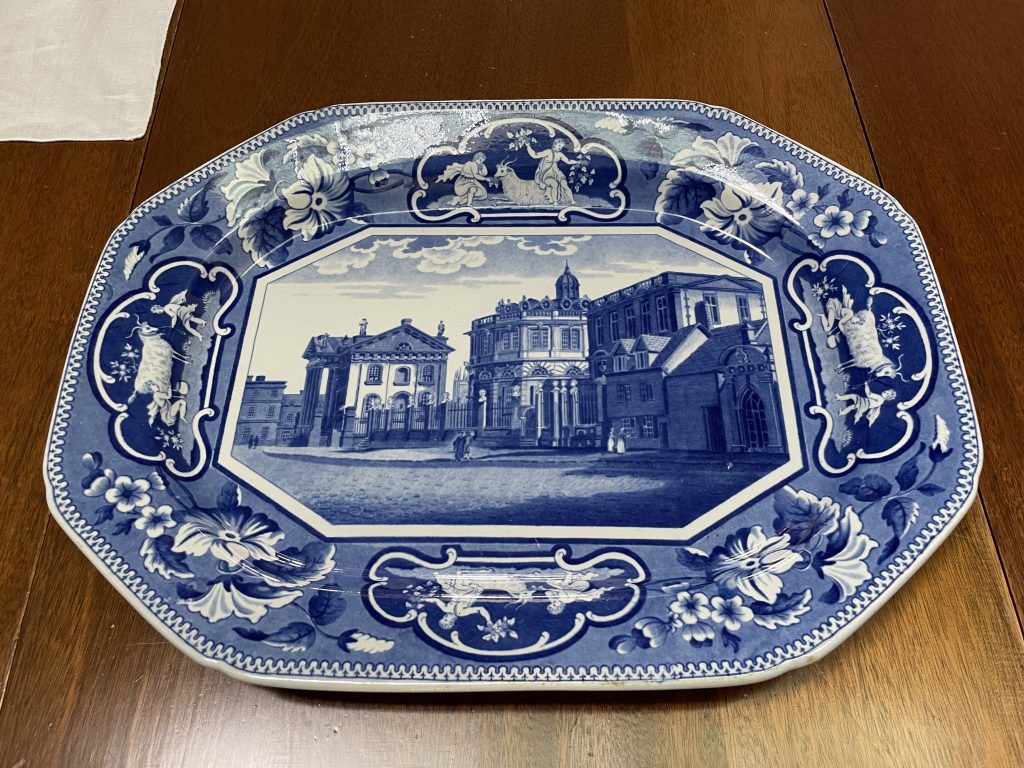Most people have heard of Thomas Jefferson’s main home Monticello, but how about his “retreat home,” Poplar Forest, in Lynchburg, Va.?
We had previously visited Monticello, which is about 80 miles away, and is fabulous. (I looked into going again, but reconsidered after I was reminded of the prices!) Poplar Forest pales in comparison to Monticello, but it was still worth a poke around, especially if you like presidential sites, like Doug does.
Jefferson inherited the 4,800-acre property upon his father-in-law’s death in 1773, but didn’t begin work on the home until 1806. In the intervening years, Jefferson focused on building Monticello, suffered the loss of his wife Martha (1782), served as Minister to France (1785-1789), served as Secretary of State (1790-1793), was elected Vice President (1797-1801), and then was elected President (1801-1809).
It thus comes as no surprise he didn’t find time to build a home here for many years!
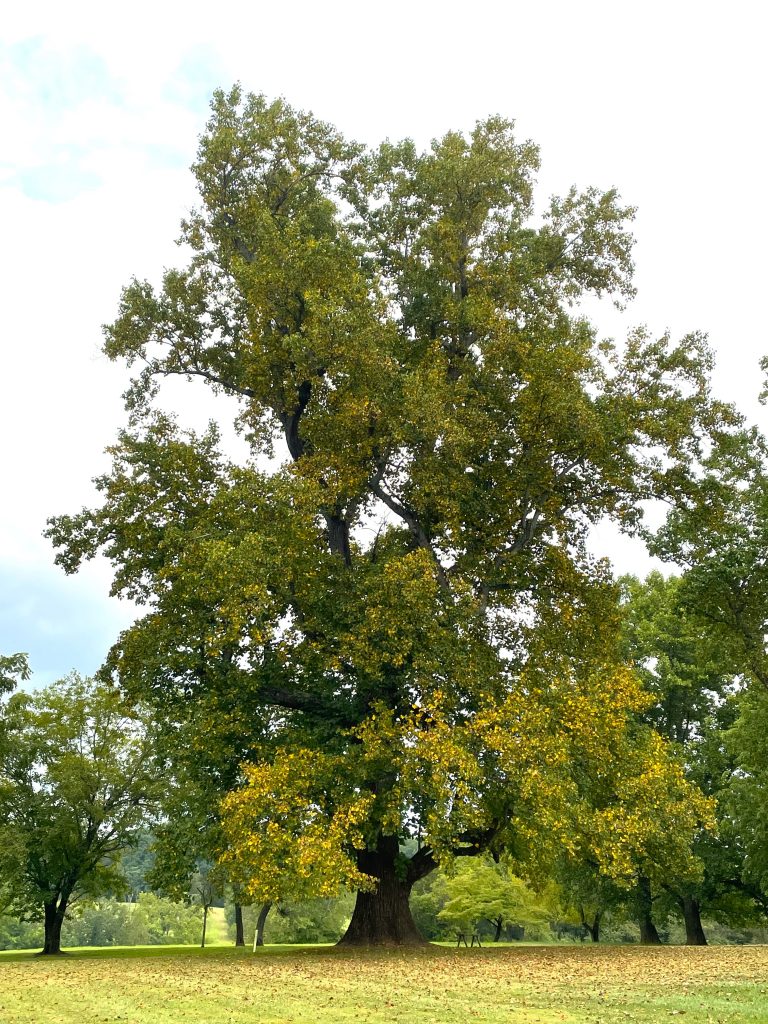
That’s not to say the property sat idle before the home was built. Enslaved people lived on the farm under a steward and overseers, producing tobacco and wheat crops.
Enslaved persons were present on the site from 1766 all the way through to 1865, when slavery was formally abolished in the United States.
Jefferson had between 28 and 95 enslaved people living on the property during his time as owner of the property.

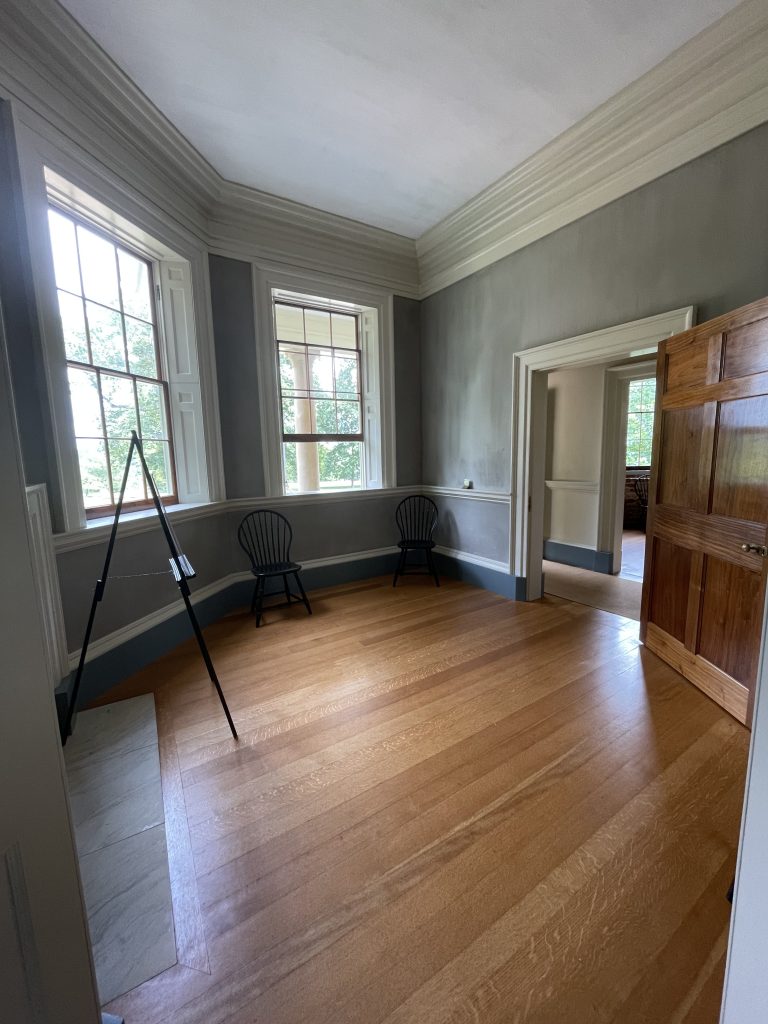
As with Monticello, Jefferson designed the house at Poplar Forest himself. The main house is octagonal, and may have been the first of its kind in the United States.
It has a central square space where the perfect-cube-shaped dining room is, surrounded by a ring of outer rooms.
It was built and landscaped using enslaved labor, including those separated from their families at Monticello.
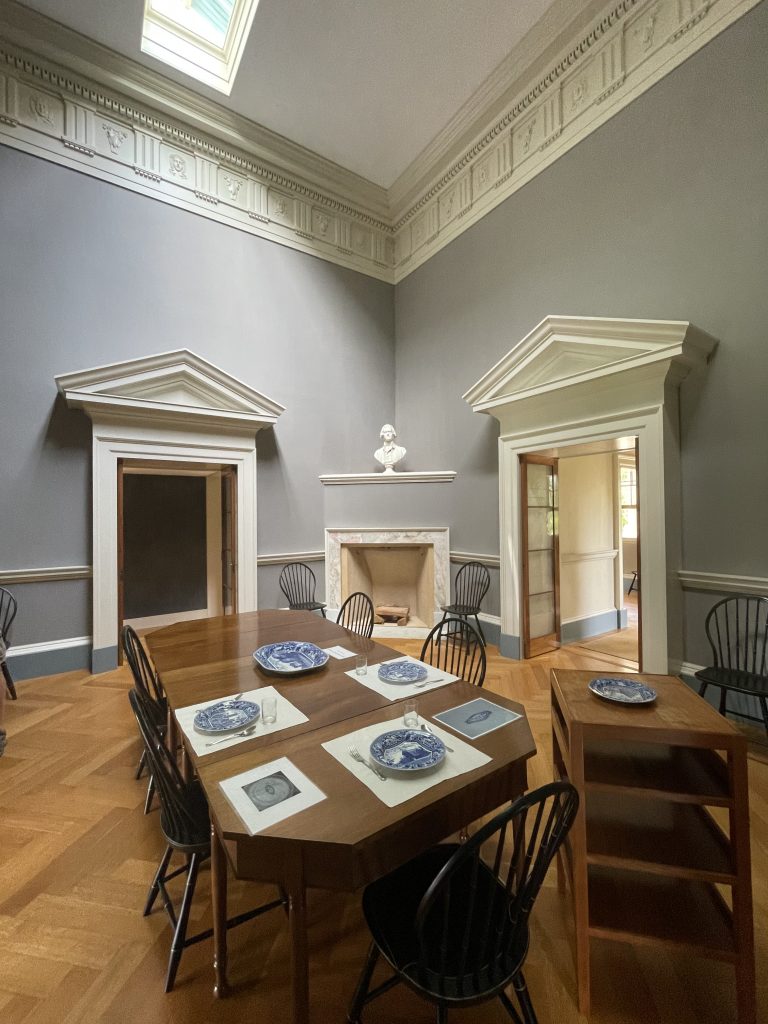
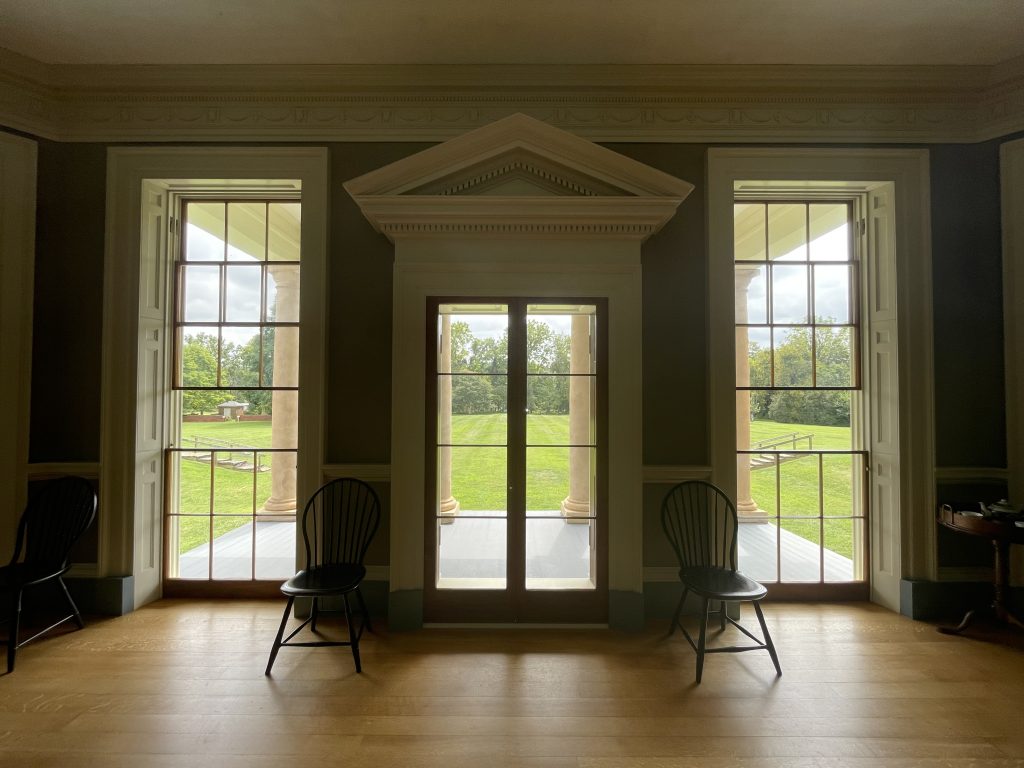
Jefferson visited Poplar Forest annually from 1810 through 1823, often bringing his granddaughters Ellen and Cornelia with him to help keep house. He liked the seclusion of the home, allowing him to leave his public life behind for a while.
Following Jefferson’s death in 1826, the home was sold several times, often resulting in the break-up of the enslaved families living on the property.
Many alterations were made to the home, especially after a major fire in 1845, after which nothing but the brick walls and chimneys remained.
The home remained in private hands until the 1980s, at which point major renovations were needed to restore the house to what it looked like when Jefferson lived there.
Those renovations were not considered complete until April of this year! A total of 617 acres of the original property are now intact with the home.
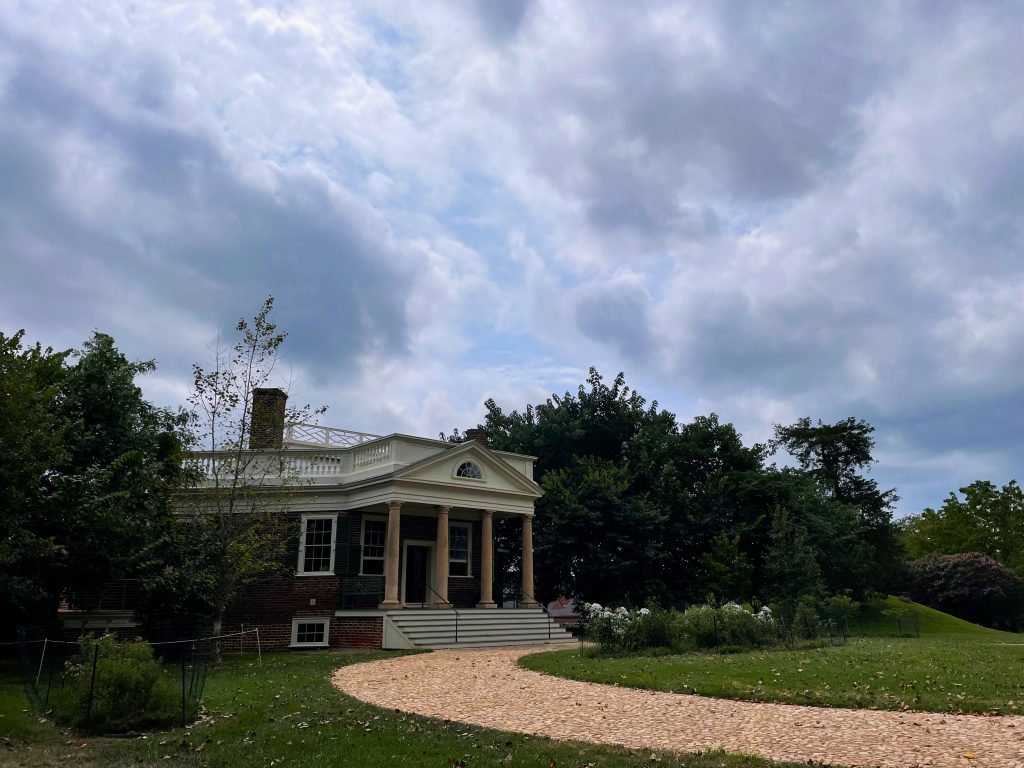
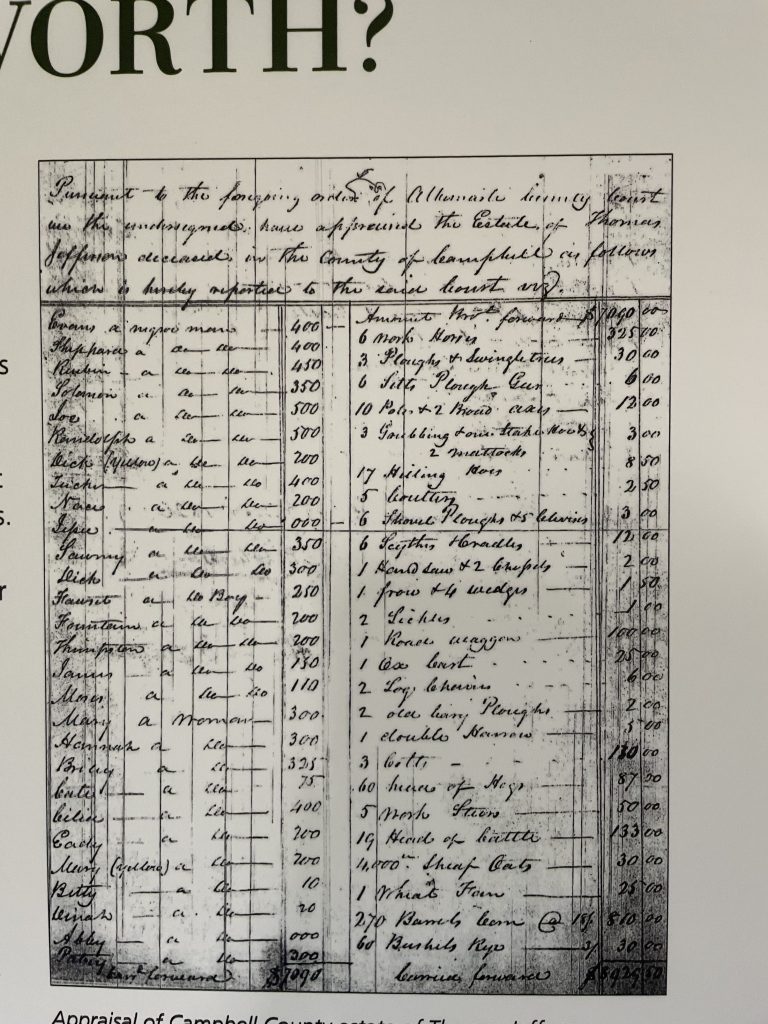
Poplar Forest’s website describes Jefferson as “a man of relentless curiosity,” which I think is a great description of him, and part of what makes him a man to be admired.
During our travels, we listened to Master of the Mountain, Thomas Jefferson & His Slaves by Henry Wiencek (affiliate link). It was an interesting and troublesome read.
But boy oh boy, it is so so clear that Jefferson knows slavery is wrong, but he was so financially dependent on
“the peculiar institution” that he made all kinds of mental gyrations to justify it to himself.
